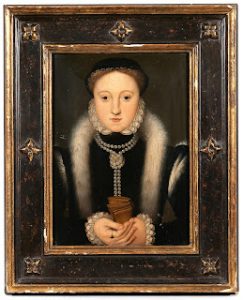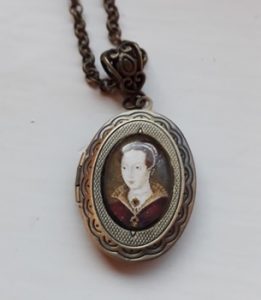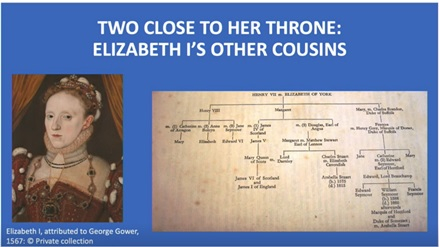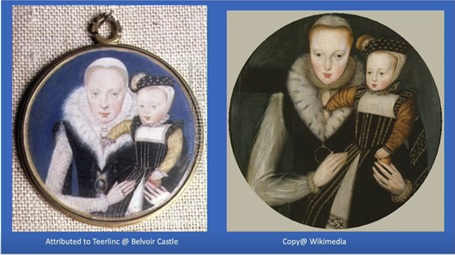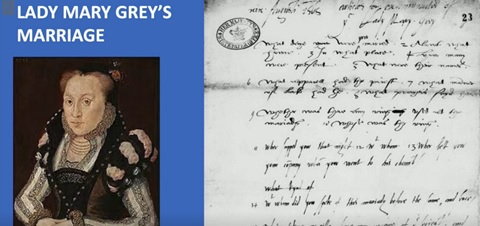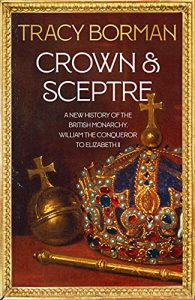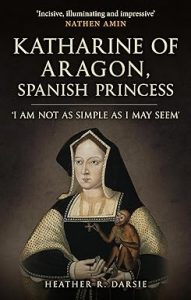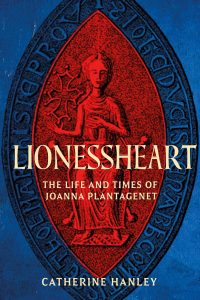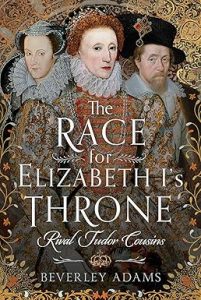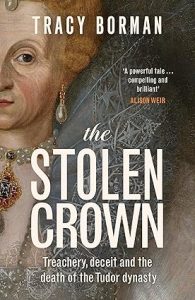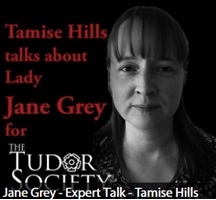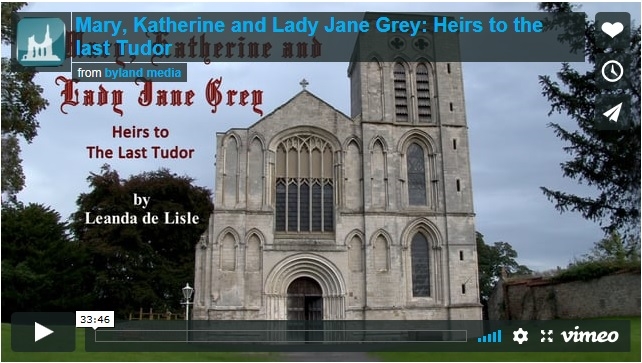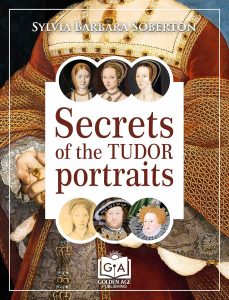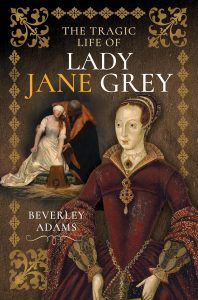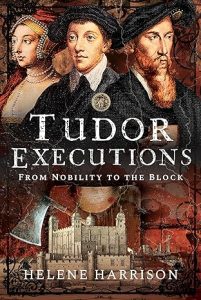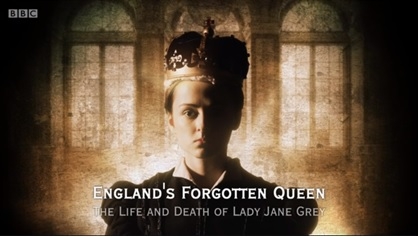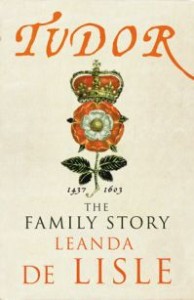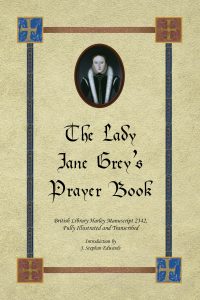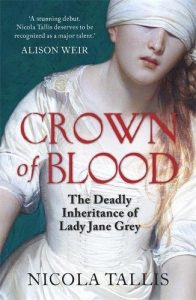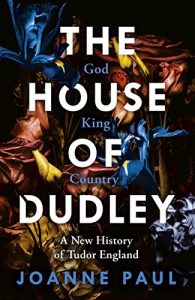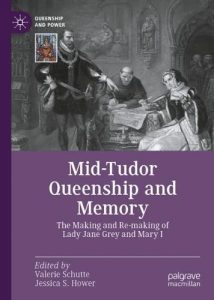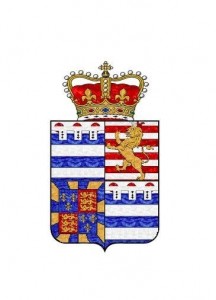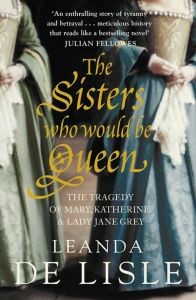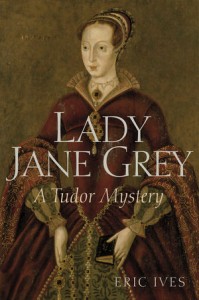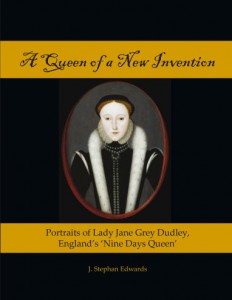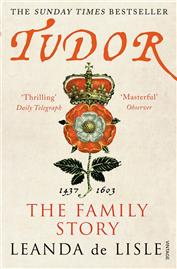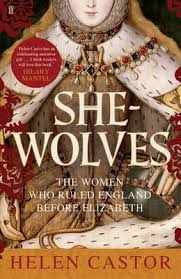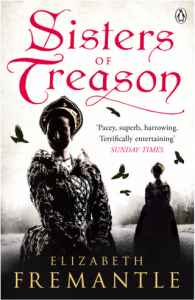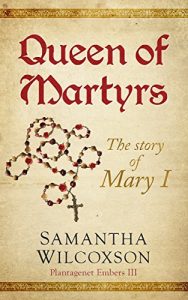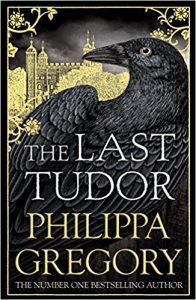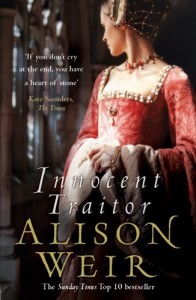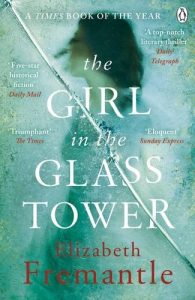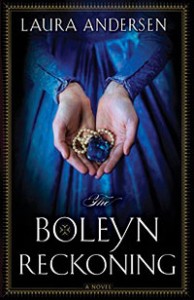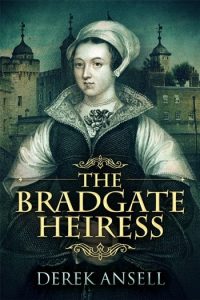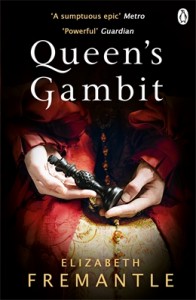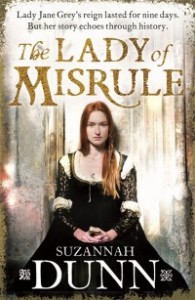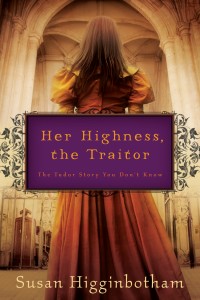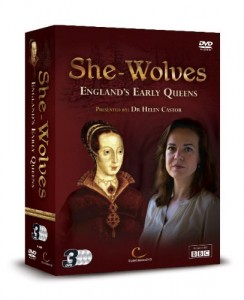 (c) BBC History Extra
(c) BBC History Extra
Drawn to the fact that the Tudors very nearly did not hold onto the throne at all. There were other stronger claimants to the throne after the Battle of Bosworth.
Many rival claimants descended from the House of York, the white rose faction. Most of the male rivals to the throne are soon arrested. Women were overlooked in comparison.
One of the earliest and strongest rivals was Elizabeth of York, Queen Consort of Henry VII. Elizabeth was a dutiful wife and not a threat to the throne.
The real threats were:
Lady Margaret Pole
Daughter of George, Duke of Clarence. Had 4 sons, 3 of whom became a real threat to Henry VIII. Eventually Henry became so paranoid about any descendants of Edward IV, that he began a reign of terror towards them, and Margaret was executed in May 1541.
Lady Margaret Douglas, Countess of Lennox
Daughter from Margaret Tudor’s second marriage. Henry VIII was fond of his niece until she got engaged without Henry’s permissions. 3 years later Margaret had another lover. Eventually married Charles Lennox and had 2 sons who survived to adulthood (Henry and Charles). Charles married Elizabeth Cavendish and they had a daughter, Arbella. Margaret enjoyed favour during Mary’s reign but did not see eye to eye with Elizabeth. When Elizabeth was housed in lodgings at court, Margaret had her kitchens under Elizabeth’s rooms.
Lady Jane Grey
Another rival to the throne, falls into the category of Queens Regnant. Jane was more than a rival to the throne; she took the throne after the death of Edward VI. Even though they were defeated by Mary, the Grey family continued to be a threat to the Tudors.
Lady Katherine Grey
Mary I showed great favour towards the Grey sisters. Maybe guilt at ordering the execution of Jane. Elizabeth took a different view.
The odds were stacked against Elizabeth when she came to the throne. She was unmarried with no children and in the eyes of half her subjects, she was illegitimate. Religion also played a huge role, it helped if any rivals with royal blood were catholic. Katherine Grey, the eldest surviving sisters of Lady Jane, pretended to be a catholic to bolster her support. Plots began to revolve around Katherine with support from Spain.
In Elizabeth’s eyes, Katherine did wrong because Katherine made clear to Catholics of England that she sympathised with their religion. Was related to Jane who had taken the throne from the proper Tudor heir. She was younger than Elizabeth by 7 years and was also a renowned beauty.
Edward Seymour also had royal blood and was the son of Protector Somerset and the nephew of Queen consort Jane Seymour. They would make a power couple and married in secret in 1560 as Elizabeth would never have given her permission.
Katherine and her sister, Mary were serving in Elizabeth’s household as she hated the Grey sisters and made sure to keep a close eye on them. Katherine became pregnant and panicking, she confided in Bess of Hardwick. Bess was horrified, did not want to be implicated and told Robert Dudley, who told the Queen.
Both Katherine and Edward were sent to the Tower of London. In 1562, Elizabeth fell dangerously ill with smallpox. Katherine was seen as a viable successor to Elizabeth, even though she was in the Tower with her infant son. The Council was split between supporters of Katherine and supporters of Mary, Queen of Scots.
Elizabeth when recovered, was determined to put an end to any hope that Katherine would succeed to the throne.
The Tower jailors took pity on the young couple and a year later Katherine gave birth to another son. When Elizabeth was told, she went the colour of a corpse and sent Katherine under house arrest to Cockfield Hall in Suffolk.
Katherine pined away and it seems she starved herself to death and died in January 1568, aged just 28.
Lady Mary Grey
The youngest sister of Lady Jane was 5 years younger than Katherine. Mary did not pose a threat, had no ambition to the throne and had learned from her sister’s mistakes.
All she wanted to do was marry and settle down. Mary married Thomas Keyes, the Queen’s Sergeant Porter, who was a commoner and no threat to the crown. One lesson that Mary had not learned was to ask Elizabeth’s permission.
Elizabeth was so suspicious of the Grey sisters that she threw both Mary and her husband into prison. Mary was sent to Chequers and never saw her husband again. Thomas was released in 1569 but his health was broken, and he died soon after.
Mary, Queen of Scots
The greatest rival to the throne that Elizabeth faced. The rivalry lasted over 30 years and was political, religious and personal.
Mary had youth on her side, she was 9 years younger than Elizabeth, with an impeccable pedigree, and married the Dauphin of France, Francis in 1558. She was also renowned to be beautiful and charismatic.
Mary returned to her native Scotland after the death of her husband. Mary had been raised a pampered Princess in France and had a rude awakening when she returned to Scotland.
After the death of her second husband, Henry, Lord Darnley in suspicious circumstances, Mary wed Lord Bothwell, who was implicated in Darnley’s death. Mary was forced to abdicate and fled to England where she was kept prisoner by Elizabeth. Numerous plots sprang up around Mary to put her on the throne in place of Elizabeth.
In 1586 Mary, who was desperate to escape became involved in a plot by Anthony Babington. She became careless and provided Walsingham with the incriminating evidence he needed. Elizabeth had prevaricated about Mary, now her hand was forced. Tried to avoid putting an anointed Queen to death as this would set a precedent. Eventually she signed Mary’s execution warrant. Mary remained a threat after her death, as a year later, Philip II of Spain sent the Armada to invade England in her name.
Arbella Stuart
The granddaughter of Lady Margaret Douglas and Bess of Hardwick, who schemed to make her Queen. Elizabeth named no successor and Arbella was so haughty when she met the Queen that Elizbeth sent her from court.
Almost with her last breath, Elizabeth signalled her assent to James succeeding her. James was plagued by Arbella. Frustrated by ill-fated marriage negotiations, Arbella arranged her own marriage in 1610. Her husband William Seymour had his own claim to the throne as the grandson of Katherine Grey. This was a potent threat to James.
When the marriage was discovered, William was sent to the Tower and Arbella was placed under house arrest. After a successful escape from their prisons, Arbella was imprisoned in the Tower and died there on 25 September 1615.
There was a Q&A at the end of the talk and the Grey sisters were the subject of several questions:
If Elizabeth had died of smallpox, do you think Katherine Grey or Mary, Queen of Scots would have been Queen of England?
The tide was turning in Katherine Grey’s favour during the Council’s debate. The reason for this was that Henry VIII had barred the Scottish line from inheriting the throne.
Why didn’t Mary I view Katherine and Mary Grey and Margaret Douglas as rivals?
Mary believed, almost to the end that she would have her own child.
Would you consider Margaret Clifford and her son as rivals to the throne?
They were mentioned in Henry VIII’s will but had a lesser claim than the Greys and Mary, Queen of Scots. There was a sense late in Elizabeth’s reign that it could have gone either way. If they had had support, there could have been a Clifford King.
Who would Tracy have chosen to succeed Elizabeth?
Not sure if I would have done the right thing and chosen James. Would have chosen Arbella.
Did Katherine Grey have political ambition?
Katherine probably did make a bid for the throne. She got taken in by Spanish promises and believed her own propaganda.
Why did people marry without permission when they knew the consequences?
If they did ask, permission would be refused and it was worth the risk as they might get away with it.

